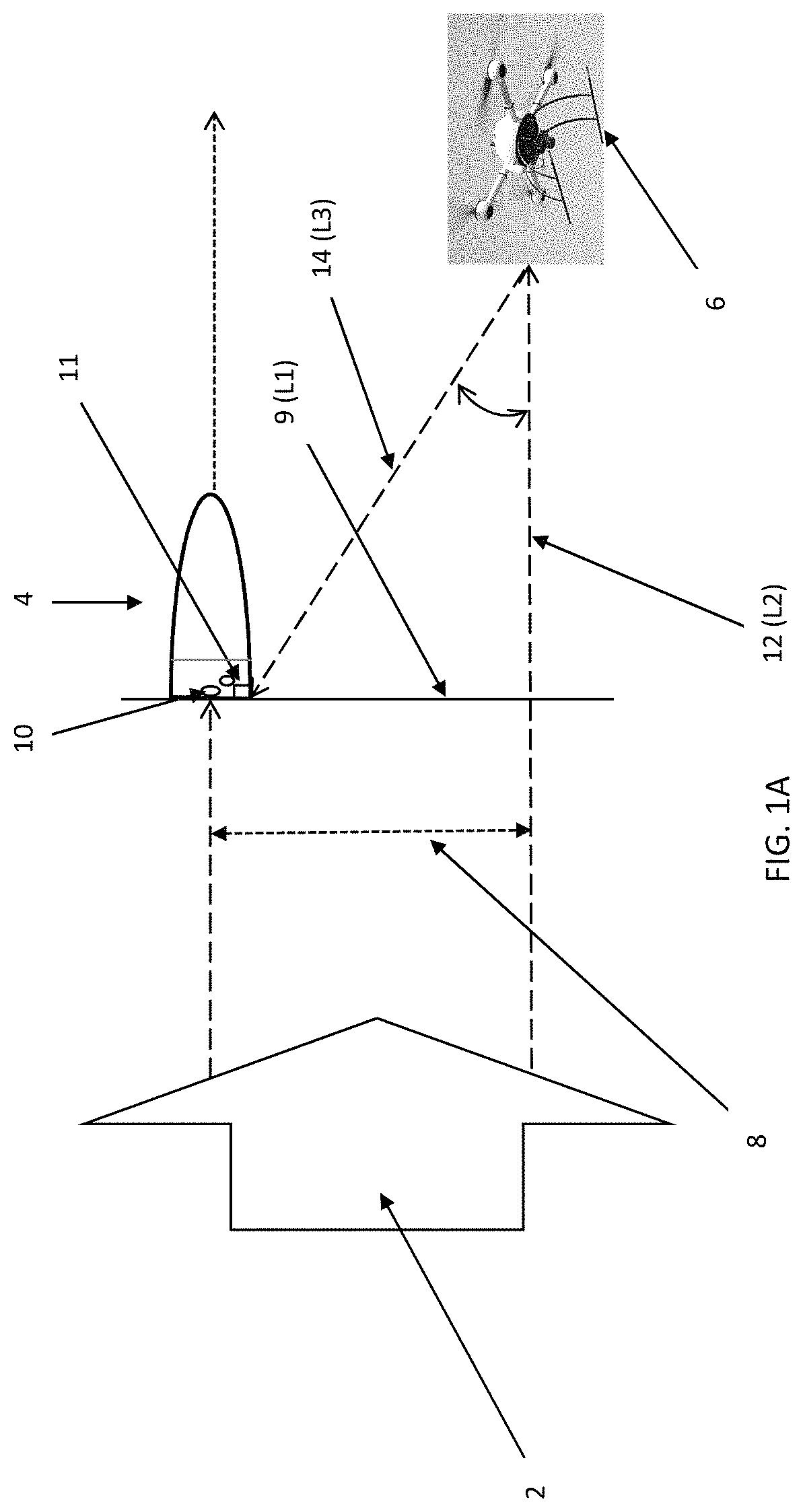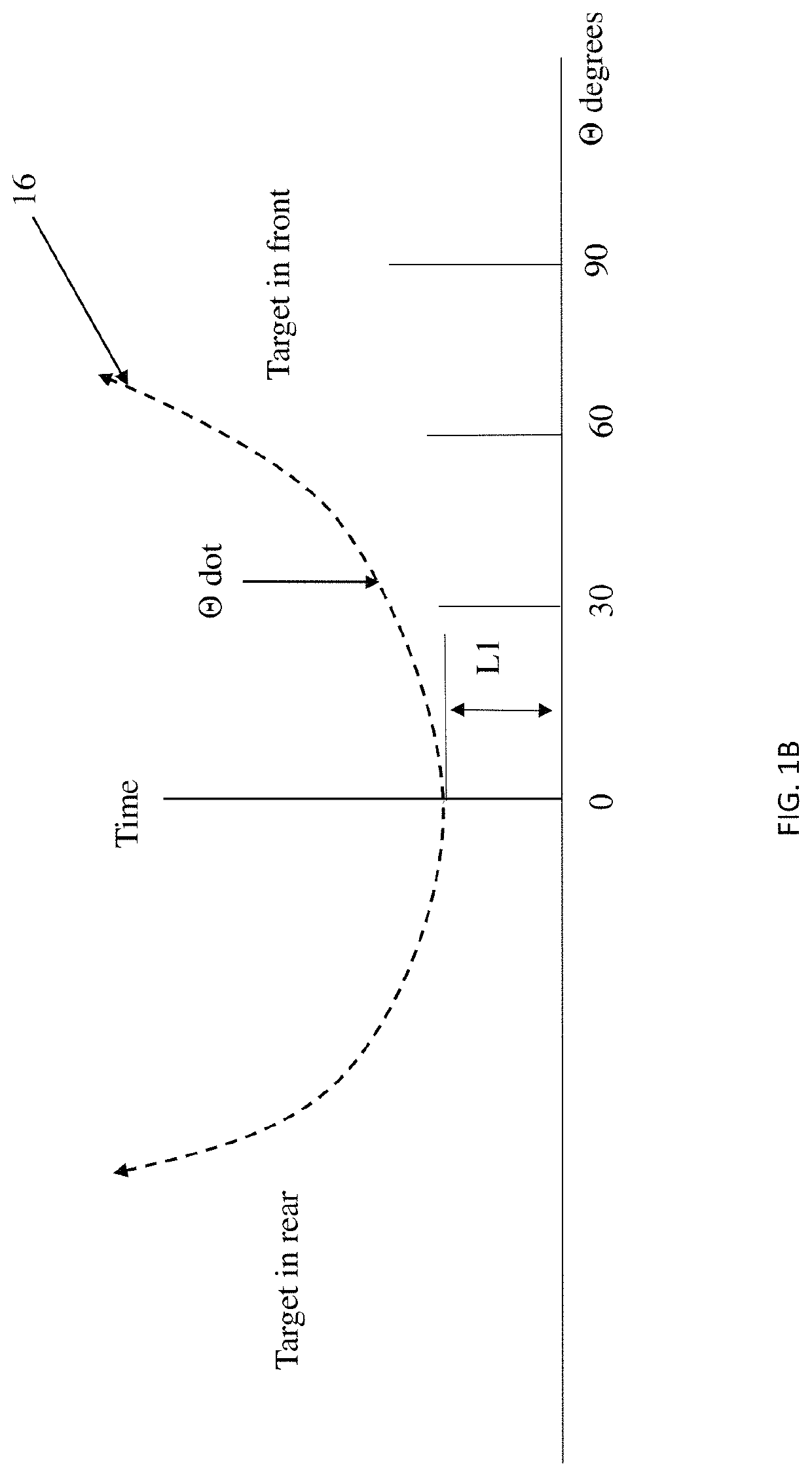Deployable, forward looking range sensor for command detonation
a command and range sensor technology, applied in the field of guided munitions, can solve the problems of difficult time accuracy and total ineffective movement of targets, and achieve the effect of improving the accuracy of the detonation
- Summary
- Abstract
- Description
- Claims
- Application Information
AI Technical Summary
Benefits of technology
Problems solved by technology
Method used
Image
Examples
Embodiment Construction
[0022]One embodiment of the present disclosure is a system for accurately determining the range-to-target distance for a guided munition. In one embodiment, the accuracy is within less than a meter. In some cases, the system utilizes a low energy, short pulse laser (e.g., fiber laser) or radio frequency pulse to paint a target. The short pulse can be 1 to 50 nanoseconds depending on the transmitter. In some cases, the system is low power since the path is one way from the illuminator to the projectile. In certain embodiments, low energy is about 100 μJoules per pulse.
[0023]When munitions are laser guided a target is illuminated, or “painted,” by a laser target designator on the ground or on an aircraft. One disadvantage of typical laser guided munitions is that in poor weather the system may not be useable because the target illumination cannot be seen, or if the target designator cannot get near the target. In certain embodiments, a laser designator sends a beam in a coded series o...
PUM
 Login to View More
Login to View More Abstract
Description
Claims
Application Information
 Login to View More
Login to View More - Generate Ideas
- Intellectual Property
- Life Sciences
- Materials
- Tech Scout
- Unparalleled Data Quality
- Higher Quality Content
- 60% Fewer Hallucinations
Browse by: Latest US Patents, China's latest patents, Technical Efficacy Thesaurus, Application Domain, Technology Topic, Popular Technical Reports.
© 2025 PatSnap. All rights reserved.Legal|Privacy policy|Modern Slavery Act Transparency Statement|Sitemap|About US| Contact US: help@patsnap.com



